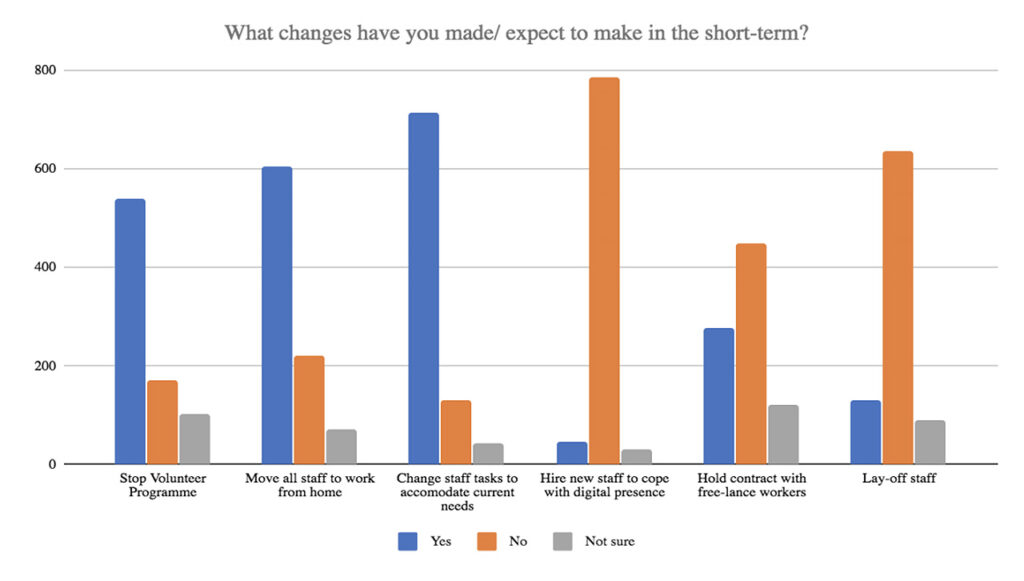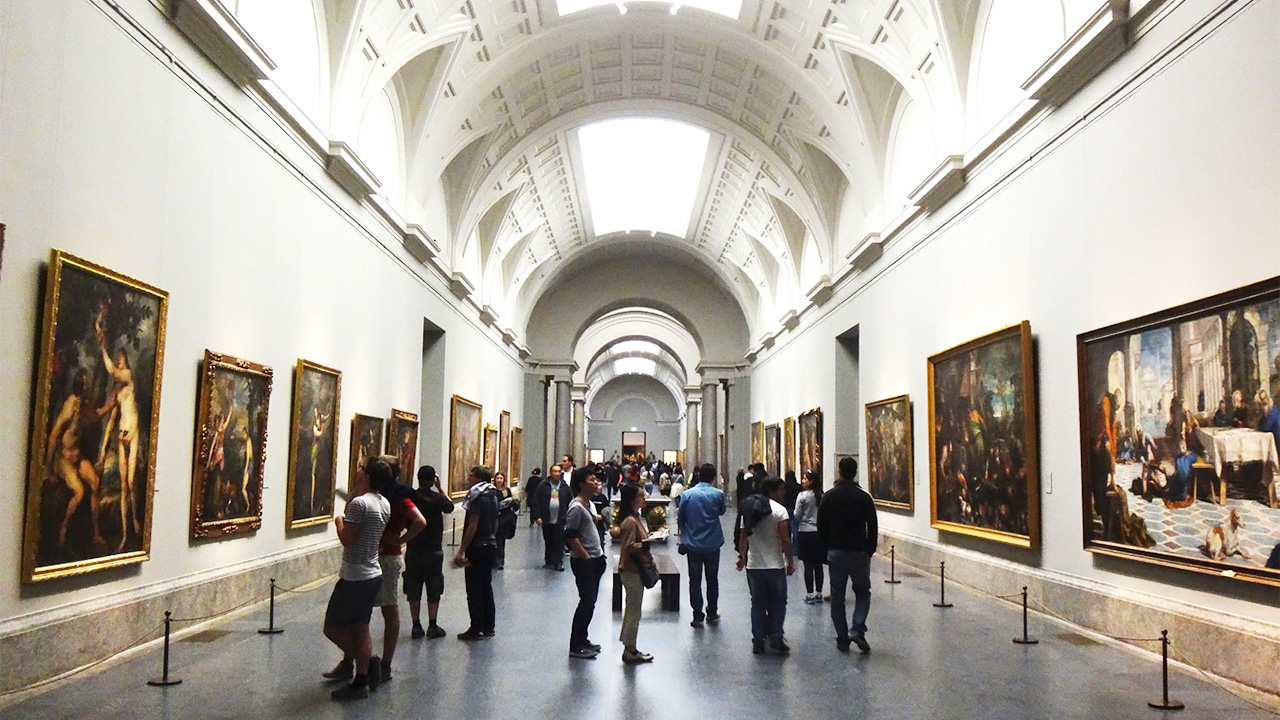Few organizations are better placed to make sweeping assessments of Europe’s shifting museum landscape than the Network of European Museum Organizations (NEMO). Having built a network of more than 30,000 museums over the past three decades, NEMO went into data collection mode as lockdowns rolled across the continent in early 2020 and released a comprehensive report on the cultural situation in Spring. Chief among its findings was the dire financial situation facing museums with 60 percent losing close to $25,000 a week.
Accordingly, NEMO advocated on behalf of museums for the European Union’s Creative Europe program to provide additional funding — in December, the European Commission approved a budget of $2.9 billion for the period 2021 to 2027. Beyond financial concerns, NEMO has been tracking the shifting social responsibilities of European museums, a point addressed in a series of expert presentations in September and now in a follow-up report.
Jing Culture & Commerce spoke with the organizer, NEMO’s Policy Officer Claudia Schneider, to understand the new identities of European museums, the challenges of digitization, and the organization’s hopes for the cultural sector 2021.
To begin, what were the goals of the conference and follow up report?
We wanted to redefine and clarify the theme [social responsibility] for the museum landscape. Originally, the term means to act in a manner that benefits society. However, museums contribute through their daily business to society in dealing with questions that connect to social cohesion, social inclusion, and social diversity. Therefore, the main questions are: what museums can do, what is needed, and what is missing to make an impact on our European society?
Physical lockdowns showed “culture” happens everywhere, far beyond museum walls. How can museums stay relevant?
It’s important to generate spaces that allow for interaction and enable audience participation, for example, through games. This can attract new visitors who might not otherwise go to museums. It’s important to know the community you are working for well and understand their needs. Museums need to show their own relevance more clearly and they can achieve this through strong local networking. The digital component can be a great advantage here.

While museum lay-offs remain low, around 70% of European museums say they have had to adjust the tasks of staff members to accommodate current needs. Image: NEMO
Based on NEMO’s assessments, in which areas do museums require most help in the coming months?
In the development of digital strategies. NEMO’s follow-up report on the impact of COVID-19 on the museum sector showed few museums had invested in digital development. Although 93 percent of the responding museums had increased or started online services since during the pandemic, only a third of museums had increased their digital budget and 7 percent had recruited new staff to manage the increased online activity of the museums. Furthermore, over 8 in 10 museums suggested that they require additional support with digital tools and transition.
What are you hopeful for across Europe’s cultural sector in 2021?
NEMO has been advocating for the future Creative Europe Programme and with a budget of €2.2 billion ($2.7 billion), it’s the biggest-ever funding program for the cultural and creative sector at EU level; it’s a great success. We’re hopeful culture will participate more in the European integration process, for example, by participating in the Conference on the Future of Europe. We hope the EU and Member States will place culture at the core of each and every recovery plan.



